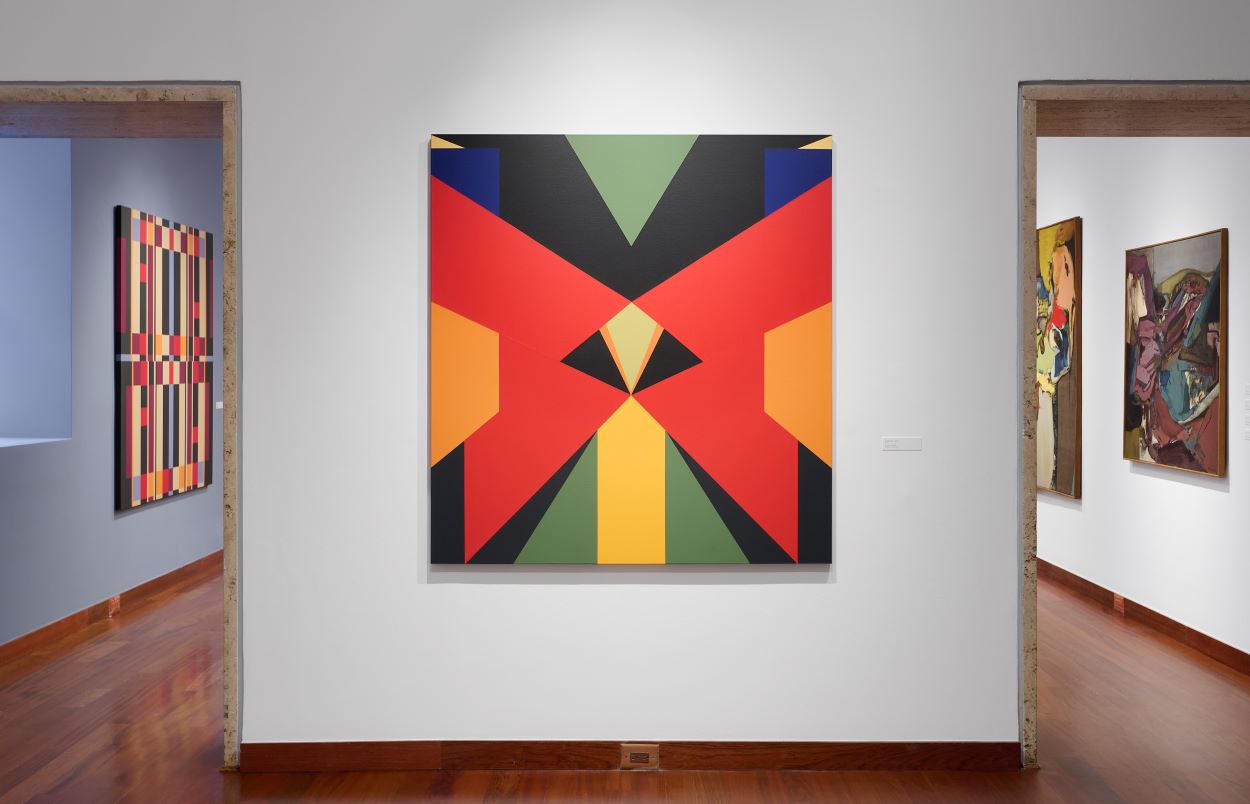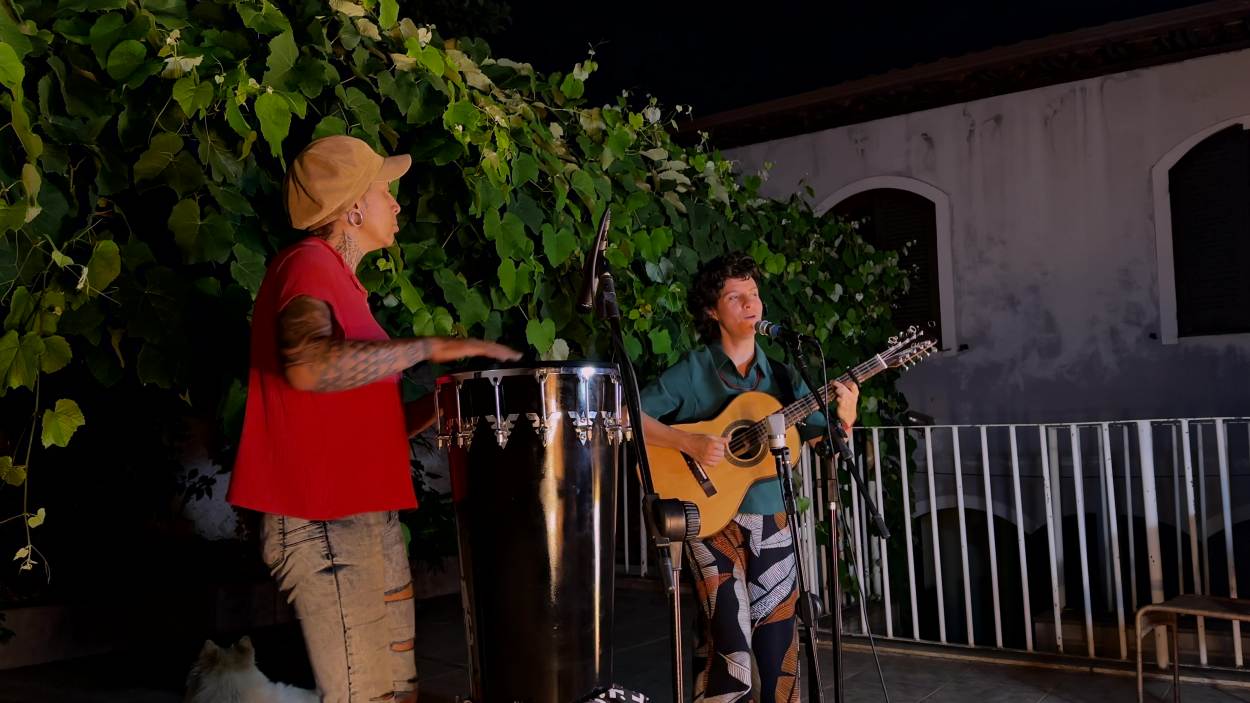To Express the Sound of a Country’s Soul, He Invented New Instruments
To Express the Sound of a Country’s Soul, He Invented New Instruments
The Spine of Music showcases Joaquín Orellana's “sculptural, Surrealist, and darkly sensuous” instruments, per a New York Times review.
In a short story, the Guatemalan composer, inventor and writer Joaquín Orellana imagines a musician who, dissatisfied with the instruments of Western civilization, sets out to create the sound of hunger. Possessed with a desire to express his people’s suffering, he progressively starves himself, then records his altered, raving voice. In his delirium, he sees sheet music staves come alive with anguished and violent cries — the sound of hunger.
Orellana, 90, is one of his country’s most respected composers and the subject of a captivating exhibition at the Americas Society, “The Spine of Music,” which showcases instruments — sculptural, Surrealist and darkly sensuous — he has invented. Like the protagonist of his story, Orellana seeks to express the suffering of a country traumatized by genocide and civil war, while largely shunning the materials of Western music…
The ingenuity of Orellana’s inventions often hovers between playfulness and cruelty. The periomin is a kind of rocking coat rack that, when set in motion, makes wind chimes swing back and forth along strings of plastic beads, sounding like a glassy waterfall. The pinzafer is a large iron sheet, shaped like a lobster tail and suspended from an iron frame. Running a bow, strung with piano wire, through a serrated cutout produces a dark, metallic moan. Drawing a bow (this one strung with acrylic) over the tubarc, a metal chime fixed on a rectangular frame, produces a whistle sharp enough to make teeth fizz…
Learn more about the exhibition.









